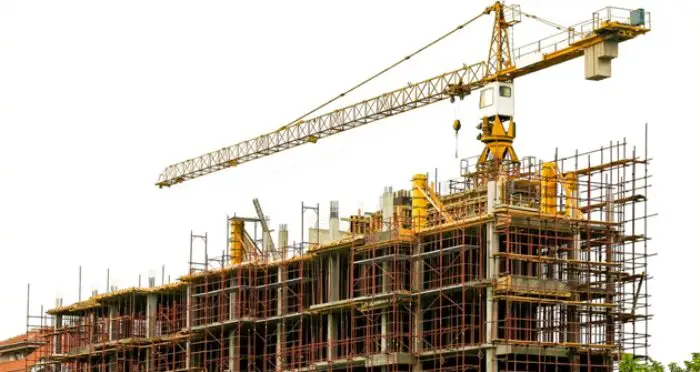Kenya had the highest number of mega infrastructure projects in East Africa in 2016, Deloitte has said, noting it helped the country to maintain its lead as the regional powerhouse.
Also read:Turkish firms eye East African construction industry
There were 11 ongoing projects valued at $7.01 billion (Sh727.98 billion) in the country last year, the consultancy firm said in the 2016 Africa Construction Trends Report.
The top projects comprised both public and private investments such as the standard gauge railway, the Lamu port berths and the Lake Turkana Wind Power Project.
“Lake Turkana Wind Power Project is the single largest private sector investment in Kenya’s history. Once completed, it will provide 310 megawatts of power to the grid, approximately 18 per cent of Kenya’s installed capacity,” the firm stated.
Kenya was followed by Ethiopia and Uganda, each with nine projects, and Tanzania with eight.
In total, East Africa had 43 projects valued at $27.4 billion (Sh2.84 trillion) spread across Burundi, Comoros, Djibouti, Eritrea, Ethiopia, Kenya, Rwanda, Seychelles, Somalia, Tanzania and Uganda.
These translated into 15 per cent of the 286 development projects – valued at $50 million (Sh5.91 billion) and above – that had broken ground across Africa by June 1 last year.
The report says the transport sector accounted for the largest share of projects in East Africa last year, with 15 road and bridge projects.
Energy and power projects were many, making up just over a quarter of all projects, estimated at more than $10.7 billion (Sh1.11 trillion).
“Energy supply and access is an integral part of the East African Community’s development strategy. The EAC has implemented a regional strategy to scale-up access to modern energy services,” the report stated.
It indicates governments own about 86 per cent of the projects, while only 2.3 per cent belong to private domestic companies. The remainder is owned by German and British companies.
Funding largely came from African development finance institutions and China, which together financed nearly half of all mega projects.
“International DFIs are the next most prominent funders, with 18.6 per cent, followed by other funders (14 per cent) and governments (11.6 per cent),” adds the report.
Chinese companies further stood out as the most visible contractors in East Africa, building 41.9 per cent of all projects, the report states.
Other contractors include private domestic companies, which took part in 25.6 per cent of the projects and companies from Italy, Lebanon, the Netherlands, Portugal, Switzerland, the UAE and the US.

